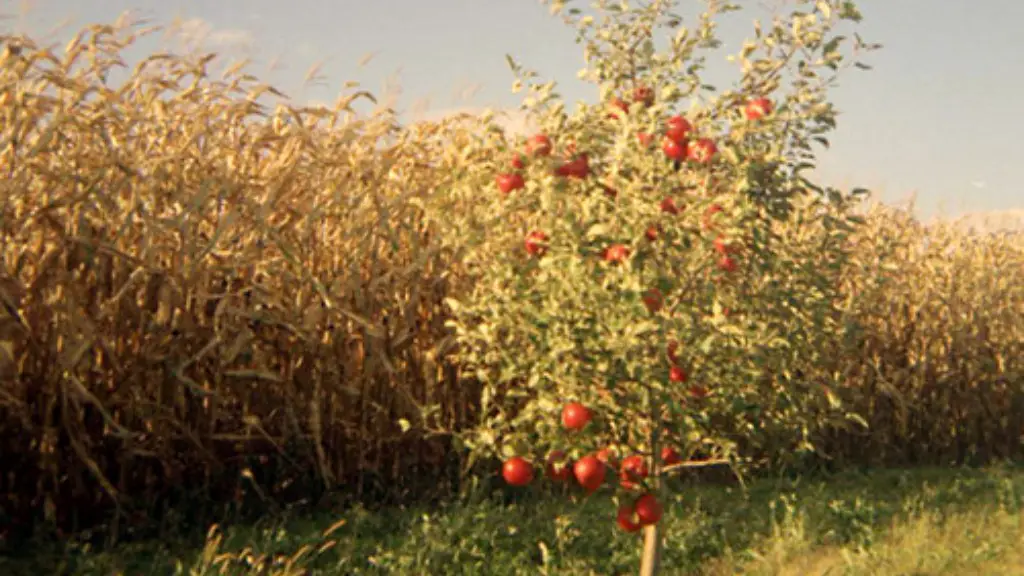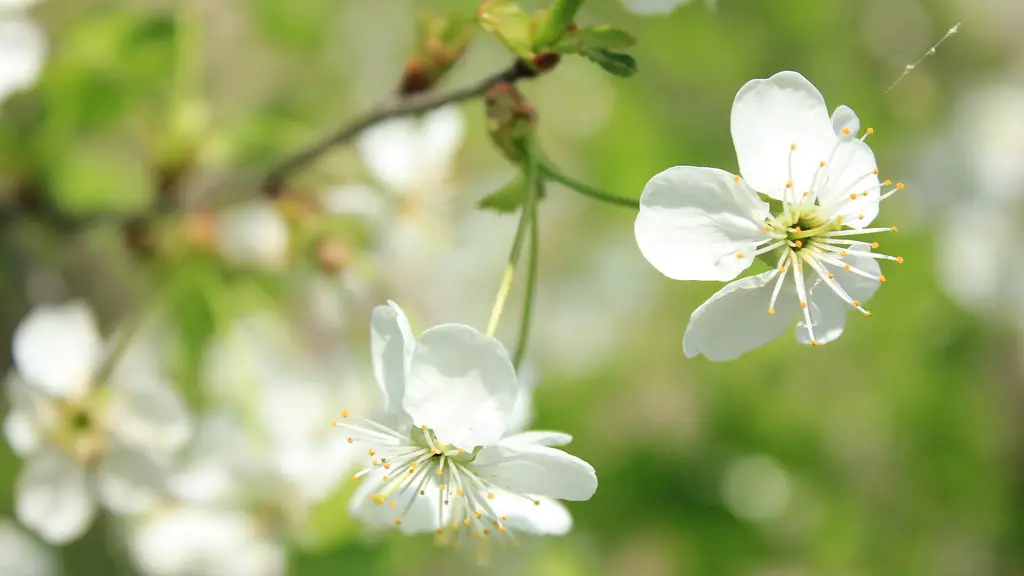Trimming apple trees is a great way to keep your trees healthy and productive. The video below will show you the basics of how to trim an apple tree. It covers everything from selecting the right tools and trimming techniques to the best time of year to trim your tree. After watching the video, you’ll have a better understanding of how to maintain your apple tree and get the most out of your fruit harvest.
When it comes to trimming apple trees, it’s important to use the right tools. A sharp pair of pruning shears is the best tool for trimming apple trees. To prevent tearing or cutting of the bark, always sharpen your shears before use. Additionally, use a ladder or small stool to reach higher branches. And when you trim your tree, also make sure you keep the height of the branches in balance with the overall shape of the tree.
In terms of trimming technique, look for dead or damaged branches, branches that cross over each other, and branches growing inward toward the center of the tree. These are the branches you’ll want to prune, cutting them back to the main stem. While shortening branches, make sure you cut just above a bud that’s facing outward and going in an upward direction.
When it comes to timing, most apple trees should be trimmed in late winter or early spring, before new growth begins. Depending on where you live, this could be any time from late January through early April. Late winter and early spring pruning also helps reduce the number of potentially harmful pests and diseases.
Keep in mind that when pruning apple trees, don’t take off too much at once. Doing so can leave your tree vulnerable to disease and weak growth. The video also outlines the importance of spraying your tree every four weeks with a fungicide. This helps protect the apples from being infected by fungus, which can quickly spread to other parts of the tree.
Overall, apple tree trimming is a vital part of proper tree maintenance. If you adhere to the tips outlined in this video, you’ll be able to keep your trees healthy, happy, and productive for years to come.
How To Select The Right Tools For Trimming An Apple Tree
When selecting the right tools for trimming an apple tree, sharp pruning shears are essential. Hardened steel shears can go through larger branches without getting stuck or damaging the branch or bark. Additionally, a small stepladder or stool can be helpful in accessing higher branches. This way, you won’t have to stretch or strain to reach the more difficult parts of your tree.
You should also avoid spikes or spurs, as they can easily injure the tree and cause more harm than good. Similarly, it’s best to avoid powered saws and hedge clippers, as they can damage the trunk of the tree and lead to disease. Finally, make sure you always use clean tools and wipe them before and after use to avoid the spread of pests and diseases.
Trimming Techniques To Keep Your Apple Tree Healthy
When it comes to trimming techniques for apple trees, there are a few key tips to keep in mind. First of all, be sure to remove dead or damaged branches, which can potentially spread disease if left untreated. Additionally, you should prune back any branches that cross over each other, as this can damage the bark of the tree. Finally, look for any branches that are growing inward toward the center of the tree, and trim them as well.
When removing a branch, it’s important to use the 3-cut method. This helps to avoid damaging the branch collar, which could lead to disease. To do this, first make an undercut beneath the branch two inches away from the branch collar. Then make a top cut further up the branch near the branch collar. Finally, once the branch has snapped off, make the last cut at the level of the branch collar to remove the branch completely.
Additionally, when cutting branches, make sure you’re always looking for buds that are facing outward and growing upward. And take off no more than one-third of the live wood at a time. Pruning too much can weaken the tree and prevent it from producing fruit.
The Best Time Of Year To Trim Your Apple Tree
When you’re ready to trim your apple tree, keep in mind that the best time to do so is in late winter or early spring before the trees start to re-leaf. This will give the tree plenty of time to heal before the summer growing season. Depending on your geographic location, this could be anything from late January through early April.
Also, late winter and early spring pruning can help reduce the number of potentially harmful pests and diseases that could potentially infect your tree. To further help prevent disease, it’s also recommended to spray your apple tree with fungicide every four weeks. This is especially important if you’re dealing with an apple tree fungus.
Aftercare For Pruned Apple Trees
Once you’ve successfully pruned your apple tree, it’s important to check back in on the tree every few weeks. Make sure there are no signs of disease or poor healing, as to catch any issues before they become too big of a problem.
It’s also a good idea to add fertilizer to your tree. An organic compost works great, and this can help improve the soil’s nutrient levels, which will help enhance the tree’s health. Additionally, provide your apple tree with plenty of water throughout the growing season, especially during the first few years of growth.
Finally, keep an eye out for pests, particularly in the late winter and early spring. Rodents, aphids, and ants can all cause damage and lead to disease. Take precautionary steps to protect your apple tree from these pests, such as utilizing insecticides, traps, and natural repellents.




